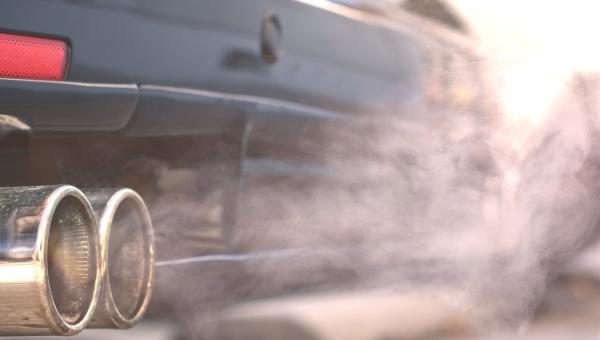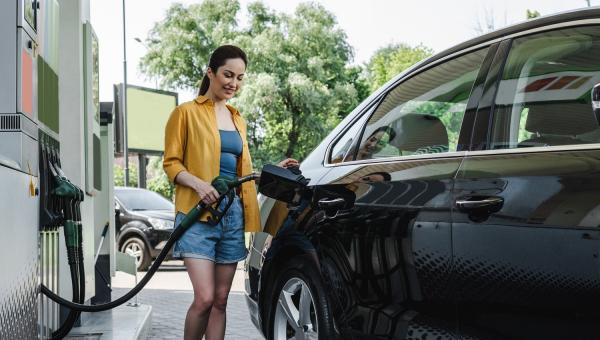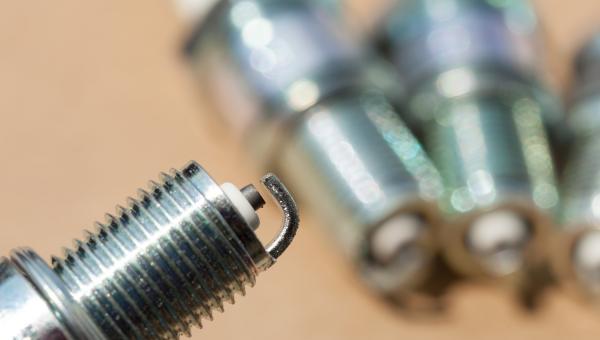Test Drive Notes Library
-
 Pros
Pros
- Luxury. This enormously improved Tahoe is pretty much a luxury car hidden in an brutish truck body. Which proves that Chevy still understands the American buyer. With an upgraded independent rear suspension, the Tahoe is now an isolated island of heft on the highway of life, locking out bumps, noises, and other annoyances. For the most part, it’s got a remarkably comfortable and quiet ride.
- Handling. Yeah, we know. But hear us out. With the optional adaptive air suspension, cornering is now one of the Tahoe’s strengths. You would think a 5,500-pound truck would be a beast to herd around a corner. But the Tahoe stays flat, and even digs in a bit to help you out. Keep in mind, we’re not talking about mountain roads or high speed s-curves. And we wouldn’t describe this beast as “agile.” But in day to day driving, the handling and cornering are good. If you’re accelerating while turning, and hit some rough pavement, it’ll skitter a bit. But it stays flat and you don’t have to fight it like the old Tahoe.
- Space. You would expect a suburban behemoth like the Tahoe to have plenty of room inside. And it does. But that wasn’t the case until this latest redesign. We’re happy to report that up front, seats are broad and comfy. There’ll be no fighting over elbow room on the center console. American Airlines would consider it a middle seat and sell it. Rear seat room is good. There’s a totally acceptable (yes, you read that right) third row, and even room for cargo behind that. Oh, and we were able to wear our dunce caps while driving without scraping the headliner.
- Interior. The style and materials are excellent. Controls are very easy to use, with the exception of the odd, push/pull button transmission selector, which we eventually got used to. The touch screen is large, and easy to navigate. A “home” button and Apple Car Play make it even easier. As on most GM cars we’ve tested in the last year, wireless Apple Car Play is buggy, and subject to dropouts due to interference. A cable solves the problem.
- Smooth. The engine-transmission combination is very refined. The 6.2L (yes, 6.2L, which is two to three times the size of most modern 2 to 3 liter engines) produces 420 horsepower. It’s over-powered, so the engine just lazily lopes along most of the time, like pushing around the Tahoe is no big deal. If you can live with 355 hp, you can save some money and go with the standard 5.3L V8. Either way, the 10-speed transmission operates smoothly and unnoticeably.
-
 Cons
Cons
- Hood height. Chevy has tailored the Tahoe to the latest fashion, which is semi-truck. The hood is high and squared off, with a large, flat grill ready to push aside anything in its path. That makes it hard to know precisely where the front of the truck ends. It also makes it hard to see what’s in front of you — like anyone under five feet tall. Or Fiats. There are real downsides to this styling in terms of visibility, and we felt a bit like bulls in a one-lane china shop at times. The height also makes getting into the Tahoe a climb. You’ll need to use the running boards as a first step.
- Size. Aside from the hood height, the Tahoe is big and wide. It’s not far off the dimensions of a full size pick up truck. So you have to be prepared to maneuver such a vehicle not only in traffic, but in supermarket parking lots, parking garages, and your own garage. Visibility, overall, is poor. You’re up high, which helps, but you can’t see over the front, and can’t see much behind you. The multiple cameras that help with parking are an absolute necessity in the Tahoe, and you’d better get used to using all of them.
- Limits of Video Rear View Mirror. While we love the video rear view mirror for letting us see “right through” the passengers’ heads, headrests and rear window, and directly out behind the truck, the camera doesn’t show you where the back end of the truck is. It’s aimed beyond that, to show the cars behind you. We love it for driving, but it doesn’t help at all when parking. At that point, you have to switch to the dashboard based parking cameras to bring you into a safe docking in a parking space.
- Mileage. What did you expect? The EPA estimates, that if you drive gently, you can average 16 mpg. That’s old school. Our MPG was closer to 14 than 16. Moreover, with the current supply chain “chip shortage,” automatic stop-start is unavailable on many Tahoes.
- Price. Granted, our “High Country” trim Tahoe had pretty much every conceivable option, from 4WD and the larger engine to adaptive air suspension, highway-speed AEB, and rear seat video. Still, it’s a bit stunning when a Tahoe rolls out of the dealership at $81,345. We suppose this loaded version is best compared to the Cadillac Escalade, with which it shares many components. If you want an Escalade, but don’t want the bling factor, you can save some money and drive this Tahoe. You won’t miss much. The base Tahoe starts around $50,000. But without the adaptive air suspension, which is only optional on upper trims, the ride and handling may be less impressive.
Test Drive Notes Library
Get the Car Talk Newsletter
 Pros
Pros Cons
Cons


